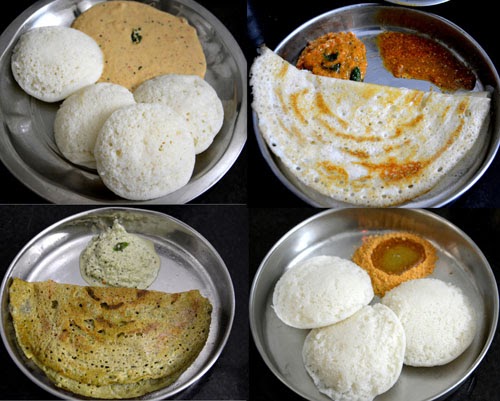VRIO framework is a business analysis framework which was developed in 1991 by Jay Barney in his work “Firm Resources and Sustainable Competitive Advantage”. VRIO is acronym of Value, Rarity, Inimitable, and Organization. This framework explains organization’s competitive advantage. When a firm is in a position to differentiate its product/service from its competitors it is said to be a competitive advantage. To gain and maintain a competitive advantage, an organization must be able to demonstrate differential value than its competitors and convey that information to its desired target market. J. B. Barney’s original framework was called VRIN; he called it VRIO by improvising the original VRIN.
VRIO falls into the internal analysis step of the strategic procedures, and is used as a framework in evaluating just about all resources and capabilities of a firm, not considering what phase of the life cycle the firm is passing through.
Value (V): The definition of value is whether or not the resource or capability of the firm is able to exploit opportunities? is the firm in a position to mitigate threats in the marketplace? If it does do one of those two things, it can be considered strength of the company. However, if it does not work to exploit an opportunity or mitigate a threat, it is said to be a weakness. Occasionally, some resources or capabilities could be considered strengths in one industry and weaknesses in a different one. The concept of value must clarify whether the firm attempts to exploit technological change, demographic change, cultural change, economic climate, and specific international events, legal and political conditions. Further, five threats that a resource or capability could mitigate are: the threat of buyers, threat of suppliers, threat of new entrants, threat of rivalry and threat of substitutes. These are explained by Prof. Michel Porter in his five forces model.
Rarity (R): Having an exceptional or uncommon capability in a firm can lead to competitive advantage. Rarity is when a firm has a valuable resource or capability that is absolutely unique among a set of current and potential competitors. A firm’s resources and capabilities must have both short supply and persistence over time which means the product must have good circulation cycle and must be persistently in demand. Dark Matter’s Katim phone is the world’s most secure smartphone. It runs a heavily customized version of Android. At every boot instance, the device checks the complete software stack to detect modifications. It aborts the boot up if the validation fails. It constantly monitors the phone and data. If it detects a malware or security attack trying to bypass its security mechanisms, it cleans up the entire phone. This is rarity.
Inimitability (I): The primary object of “imitability” in the VRIO framework is whether a firm with valuable and rare resources makes it difficult to imitate its product and services by other firms. It also helps a firm to be leader in the market and helps to gain the first-mover advantages in the market and can hence gain competitive advantage. For example, no competitors of Starbucks have been able to gain a large global presence; Starbucks has presence in 75 countries and has over 24,000 coffee shops. It would take significant time and resources to accomplish this.
A competitive advantage is gained when the imitability becomes difficult to copy. Sometimes it is hard for other firms to get access to the resources and imitate the innovative company’s strategy. As a result, it is difficult to imitate and implement products and services which are costly-to-imitate; the cost of imitation, time for imitation, forms of imitation all matter.
Organization (O): Resource management is called efficient and effective when they are available in time and are economical. Such resources may include financial resources, inventory, human skills, production resources, or information technology (IT) and natural resources. When an organization acquires value, rarity and imitability, the next step is to systematize utilization of its resources. If done successfully, the company can enjoy a period of sustained competitive advantage.
Few components such as the company’s formal reporting structure, management control systems and compensation policies matter in sustaining competitive advantage. Formal reporting structures are simply a description of who in the firm reports to whom. Management control systems include both formal and informal means to make sure that managers’ decisions align with a firm’s strategies. It involves budgeting, timing and reporting activities that keep top management informed of decisions made by employee’s lower down in the firm. Informal controls can include a company’s culture and encouraging employees to monitor each other.
A good VRIO example: Google is one of the most powerful companies in the world, and its success stems from a sustained competitive advantage in human capital management. If we were to do Google’s VRIO framework it might look something like this:
Value – Google uses human capital management data to hire and retain innovative, productive employees. These employees consistently create some of the most popular consumer products and services in the world.
Rarity – no other companies are using data-based employee management broadly; data-based human capital management is both costly and difficult to imitate, at least in the near future.
Imitability – The HR software of Google relies on techniques of usage of the software which requires in-depth training which is unfeasible for competitors to copy. Imitability therefore is out of question.
Organization – Google’s ever-changing approach and its style of doing business is unique. Its rich culture provides employees with a sense of contributing to the worldwide population. Google employees positively impact society with the applications and technology on which they are working.














































